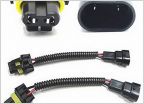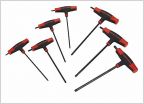-
Welcome to Jeeps.net!
You are currently viewing as a guest! To get full-access, you need to register for a FREE account.
As a registered member, you’ll be able to:- Participate in all Jeep discussion topics
- Transfer over your build thread from a different forum to this one
- Communicate privately with other Jeep owners from around the world
- Post your own photos in our Members Gallery
- Access all special features of the site
Misfire....
Discussion in 'Wrangler JK (2007-2017)' started by entertainer85, Feb 8, 2017.


 Cargo lock box suggestions?
Cargo lock box suggestions? Aftermarket Fog Lights
Aftermarket Fog Lights Screen/Mesh Passenger Zip-In Rear Windows
Screen/Mesh Passenger Zip-In Rear Windows TIPM, any information from people who had this replaced and worked?
TIPM, any information from people who had this replaced and worked? Adjuster screws for headlights.
Adjuster screws for headlights. Suggestions on a shorter antenna?
Suggestions on a shorter antenna?











